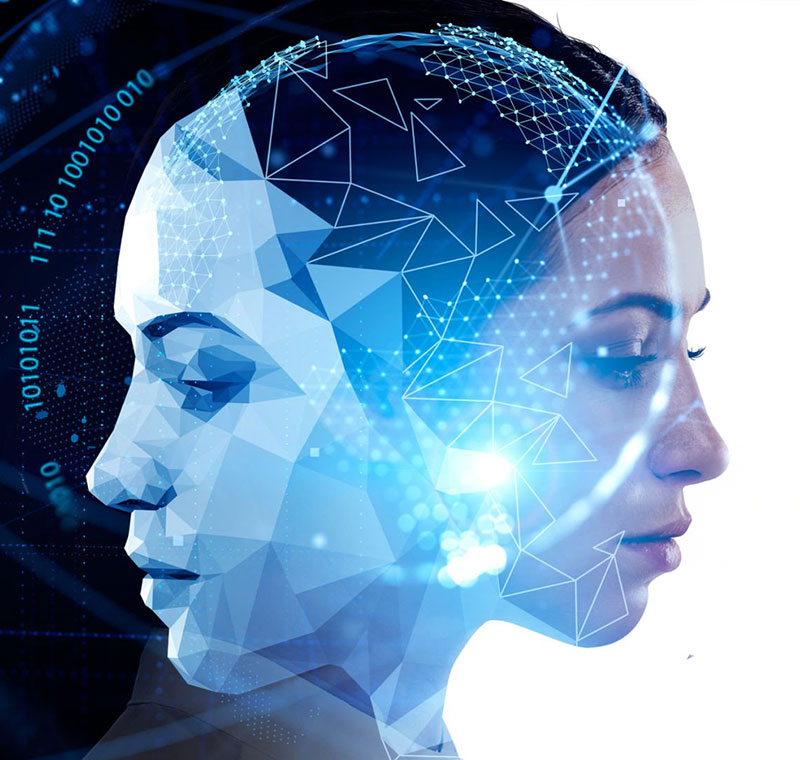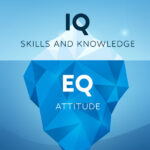The Cognitive Cost of AI
by Tara ChklovskiFast Company Compass
Artificial intelligence can help with many types of work, but learning how to mitigate the ‘mind tax’ is important.
I exist at the intersection of two worlds, management and artificial intelligence (AI), which are evolving at different paces. I’ve witnessed firsthand how generative AI tools can democratize access to knowledge, accelerate learning, and spark creativity in ways we never imagined possible. The potential of AI-skilling is staggering. According to a recent report by the AI Forward Alliance, AI-skilling for women and girls is a path to sustainable development that can add $212 billion to the global economy and increase economic resilience.
I use GenAI tools multiple times a day to help with the three main categories of work I do: long-term strategy, fundraising, and team support. As useful as these tools are for me, I find myself creaking under the volume of bullet-point content that GenAI tools put out. The “mind tax” is highest in the areas where the cognitive work is highest and least repeatable: strategy development. If I ask GenAI a question about how best we should scale and improve our volunteer engagement strategy worldwide, it will list at least eight bullet points.
My first reaction is that of wonder and interest, and that these would be great to explore, pilot, and implement. In the early days of GenAI tools, I would share these bullet-point lists of ideas with my team, and it would be met with a similar reaction: Wow! And nothing would happen because the next step is a big and difficult one. It is to sift through complex and overabundant choices that were cheaply and swiftly generated. You don’t value them enough because the energy and effort that went into generating them is not evident. And the real barrier is to design and implement new pilots into the existing workflows. This requires interaction and buy-in from human beings, and gathering of resources needed for the real action, which is messy, real-world stuff.
Now, when I get a GenAI response, the dopamine spike in my brain is a bit more muted. I do a first edit of the GenAI responses and then craft an email to my team requesting a meeting to discuss how best we should act on the information.
AI or Human?
The mind tax is a bit different in the second chunk of work I do: fundraising and relationship building. Nonprofits and funders alike are using GenAI tools to develop proposals, requests for proposals, and project and impact reports. Multiple times daily, I find myself silently asking, Did you really write this or did AI? Just like handwritten notes have decreased over time, human-generated content will also decrease over time, but it will maintain its value, because we hunger to be heard and cared for by another human. However, unlike handwritten notes, it will be harder to distinguish between AI-generated content and human-generated content. I don’t think it will be practical to always disclose, “This content was developed in collaboration with an AI.”
Looking ahead, this part of our jobs may evolve to one where in-person meetings and program/site visits reinforce trust in a way that online information exchange and analysis doesn’t.

Your AI Manager
The third part of my job is supporting my team. This is the role that current GenAI tools are so eager to replace with AI-generated pre-meeting agendas, meeting notes, summaries, and action items. GenAI can convert them into an engaging podcast and share them across all your social media channels, including YouTube. I am sure AI could also take the action items and develop detailed project implementation and monitoring plans and then craft emails to the right people to put the plans into action. Where this process could break down is in ambiguous and complex situations, where there would be no precedents to base decisions on or to have the sensitivity to gauge the nuances in the situation. The process may also fail to come up with innovative ideas because the suggestions would be based on the most frequent and commonly found solutions and precedents.
What is more likely to happen is a shift in how we work with one another. We may shift away from note-taking, summarizing, analysis, and follow-ups to more large-scale data analysis, creative brainstorming, and strategizing with one another.
Relationship and Trust-Building
Across all my work, relationship and trust-building takes center stage. Whether it is to learn from experts to inform my strategy or to leverage data and storytelling to inspire someone to support us or to align the whole team to support an ambitious strategic plan – it is about building trust with one another.
GenAI tools will enable us to increase the scale of our networks and relationships because we will be able to manage the information flow across these relationships more efficiently. But there will be a shift in how we interact with one another. Conferences and in-person events may transition from being conveyors of information to emphasizing more experiential, hands-on learning, and creative brainstorming-strategy sessions. These gatherings may also emphasize bringing more diverse perspectives from across the globe, which may not be as easily accomplished by large language models that represent majoritarian views and knowledge.
The stakes are high. The World Economic Forum reports that while one-fifth of companies anticipate AI and automation will displace existing roles, over half expect that increased digital access and adoption of frontier technologies will actually create new positions. This technological transformation is reshaping our jobs before our eyes.
I suspect we can keep the fun, interesting, creative parts of our job and make them even bigger than before. In this new era, I’m reminded of a favourite quote by André Gide: “One does not discover new lands without consenting to lose sight of the shore for a very long time.”
The future belongs to those who have the courage to understand these tools, apply them, create with them, and spend the time wrestling with the uncomfortable unknowns.
About the Author
Tara Chklovski is CEO and founder of global tech education nonprofit Technovation (formerly Iridescent). Prominently featured in the award-winning documentary Codegirl, Forbes named Chklovski “the pioneer empowering the incredible tech girls of the future” and Discovery Science Channel named her its first “CEO Science Super Star Hero” for her work encouraging the next generation of innovators, problem solvers, and game changers. A frequent advocate for STEM education, she’s presented at the White House STEM Inclusion Summit, SXSW EDU, UNESCO’s Mobile Learning Week, and led the 2019 education track at the UN AI for Good Global Summit. Since founding the organization in 2006, Technovation has welcomed more than 130,000 children and parents, and 14,000 mentors, to participate in its programs in 100+ countries.
Contents of this article remain the property of the author and/or publisher.



